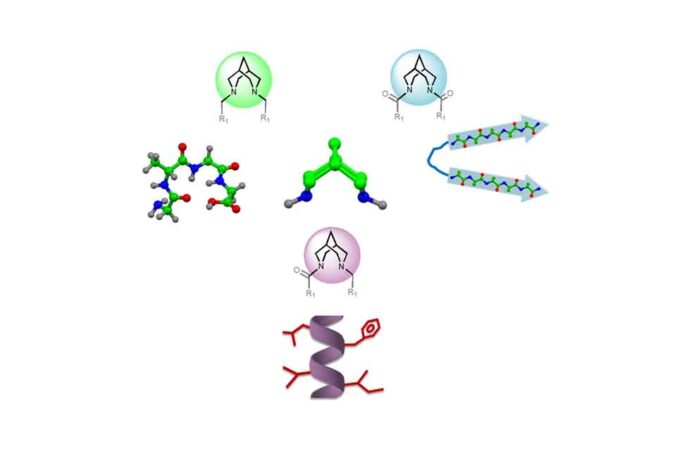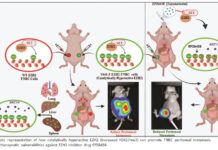New Delhi: An interdisciplinary research group led by Prof V. Haridas from IIT Delhi’s Chemistry Department has designed and demonstrated a new strategy for developing potential drug molecules for treating various diseases.
Prof Haridas has collaborated with virologist Prof. GuruprasadMedigeshi from the Translational Health Science and Technology Institute (THSTI), and biochemist Prof. BishwajitKundu from the Kusuma School of Biological Sciences, IIT Delhi,for this research work.
Drugs are primarily organic molecules that interact with molecules present in the human body. The molecules in the body are bigger in size and are typically called macromolecules. These molecules are either proteins or nucleic acids.
The researchers have developed a chemical strategy based on macromolecular mimicry. Molecules have shapes just like objects. Designing and synthesizing molecules with diverse forms is an art. Mimicking (copying) the macromolecular interface by uniquely shaped small molecules is adopted by the research group.
The researchers utilized the tools of Organic Chemistry and Biophysics to design molecules that target protein interface. They developed a universal privileged scaffold approach designing a variety of inhibitors. The universal scaffold could be converted to a specific inhibitor for a given Protein-Protein Interaction (PPI), making the drug design approach relatively easier.
“We used this strategy to design drug molecules, which could be useful for the treatment of Japanese Encephalitis Virus (JEV), the main cause for viral encephalitis in Southeast Asian countries, and protein aggregation diseases such as Alzheimer’s and other related diseases. We have also patented the JEV inhibitor drug molecule,” ProfHaridas, Chemistry Department, IIT Delhi said.
The researchers believe that the new drug designing strategy demonstrated by them could also be adopted to treat retroviral infections. (India Science Wire)





















